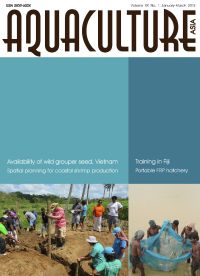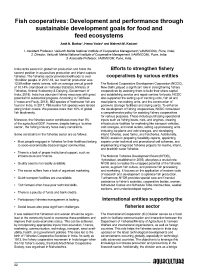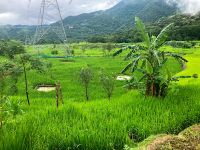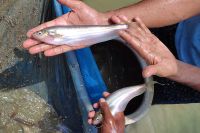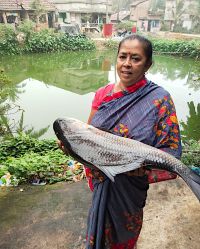Aquaculture Asia Magazine, July-September 2024
18 July 2024 | 18330 views | .pdf | 20.98 MB | Food Security, Safety and Certification, Freshwater finfish, Gender, Hatchery and nursery, India, Inland aquaculture, Livelihoods, gender and social issues, Markets and trade, Ornamentals
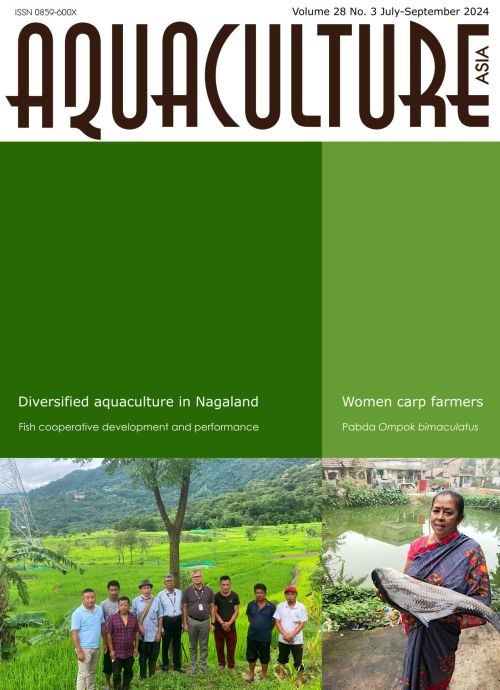
In this issue:
- Progressive women carp farmers of Haldia, Purba Medinipur, West Bengal, India.
Subrato Ghosh - Captive breeding of Ompok bimaculatus (pabda): An indigenous catfish of North East India.
Kaustubh Bhagawati, Pradyut Biswas and Bhargav Bhagawati - Reaching out to the unreached through diversified aquaculture in Nagaland.
R.N. Mandal, S. Adhikari, Vimezo Kere, S.K. Swain, P.P. Chakrabarti, G.S. Saha, B.N. Paul, C.K. Misra, Ezung Tsutsamo, A. Hussan, A. Das, and P.K. Sahoo - Fish cooperatives: Development and performance through sustainable development goals for food and feed ecosystems.
Amit N. Borkar, Hema Yadav and Mahesh M. Kadam - NACA Newsletter.
Creative Commons Attribution.
